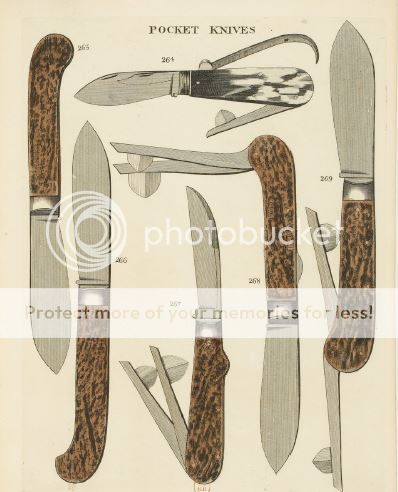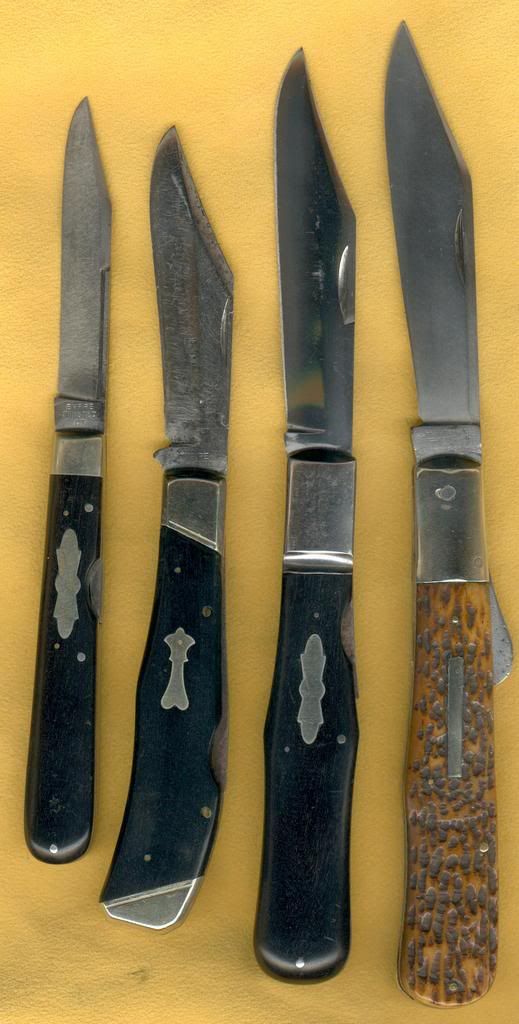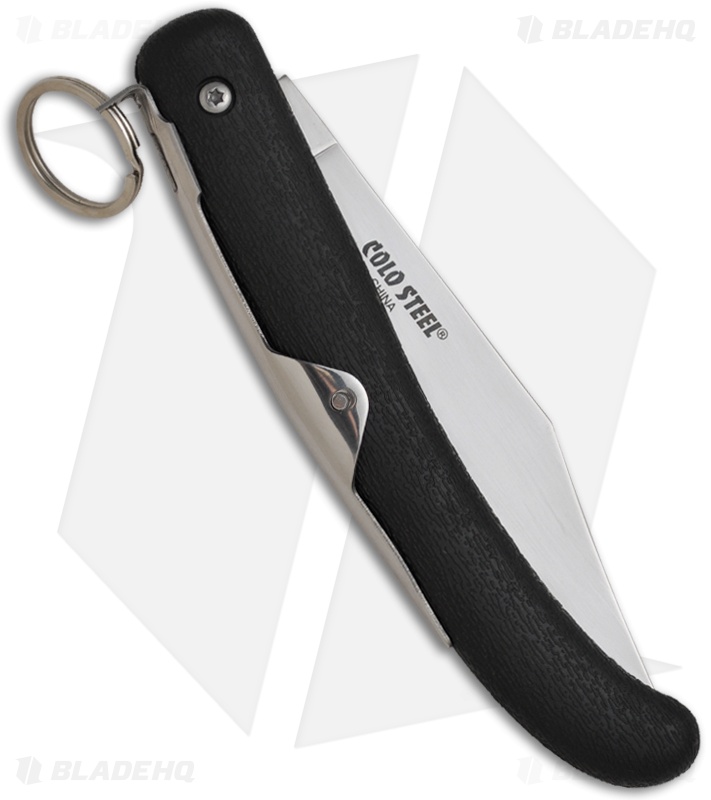Love it, love the original idea behind this. To me, this is a style of knives that is very unique in that 1. The design is over/near 100 years old, very classic 2. Very beautiful and pleasing to the eye and 3. Still made traditionally, still truly budget, still a good, functional knife that I would recommend.
The others I include on this list are the.. Opinel, Higonokami, MAM (Portugese Opinel, actually was around before Opinel, but Opinel did not rip them off, it was a difference of a couple years), the Bali style, Douk-Douk (oldest of the bunch, being invented in 1929), SAK of course. These are so cool. If anybody has anything else to add to this list, please tell me about it. Here's my collection of such traditionals
I have a large Higonokami (favorite size) that is not there because I am taking a spot of rust off, and the balisong, Opinel no. 6 and MAM are cut off.
Laguiolle! Need one of those. Also, Mikov fish knife, that is a very, very old design. Classic one that I have no excuse to not have.
It seems no one paid any attention to this, but early 1700's.
A Navaja is not a "lockback" knife, nor is it the same kind of knife as this. This was a gentleman/officer utility knife, right, and later a hood's knife in the Bronx
But I carry mine as like a nice, gentlemanly type knife. Would like to mod one to make it a "gravity knife", like the old school hoods did, just for fun.
I love these knives. 1869, I think they were invented. I always called them the 110 before the 110, the predecessor, ha. Though of course I'm not saying it's the first locking pocketknife. I saw friction folders from ancient Rome, I'm sure somebody slapped a rudimentary lock on something long before we have discovered.






